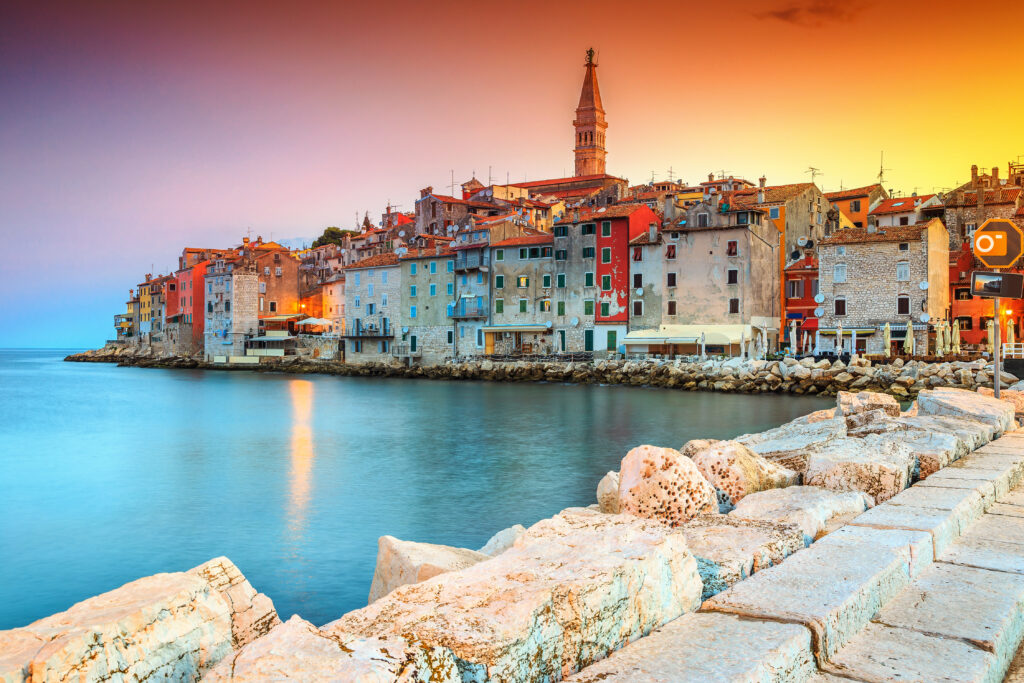
Thanks to the many flights offered regularly during the summer, it only takes two hours to reach Pula or Rijeka from France. And the Istria region , a veritable Croatian dolce vita, is without doubt one of the country's most popular tourist destinations. The region offers a superb diversity of landscapes, from plains and forests to small villages perched on the hills. On the coast, nautical activities are also very popular with visitors who set down their suitcases here from spring onwards. Suitcases that can be put down in a hotel in a lively seaside resort or on a farm in a peaceful village, whether on the coast or inland. Sailing enthusiasts can also take advantage of the beautiful marinas. All in all, it's a magnificent region, between idleness, hiking and the wine route, this is the region of Croatia where everything is possible.
1. Rovinj
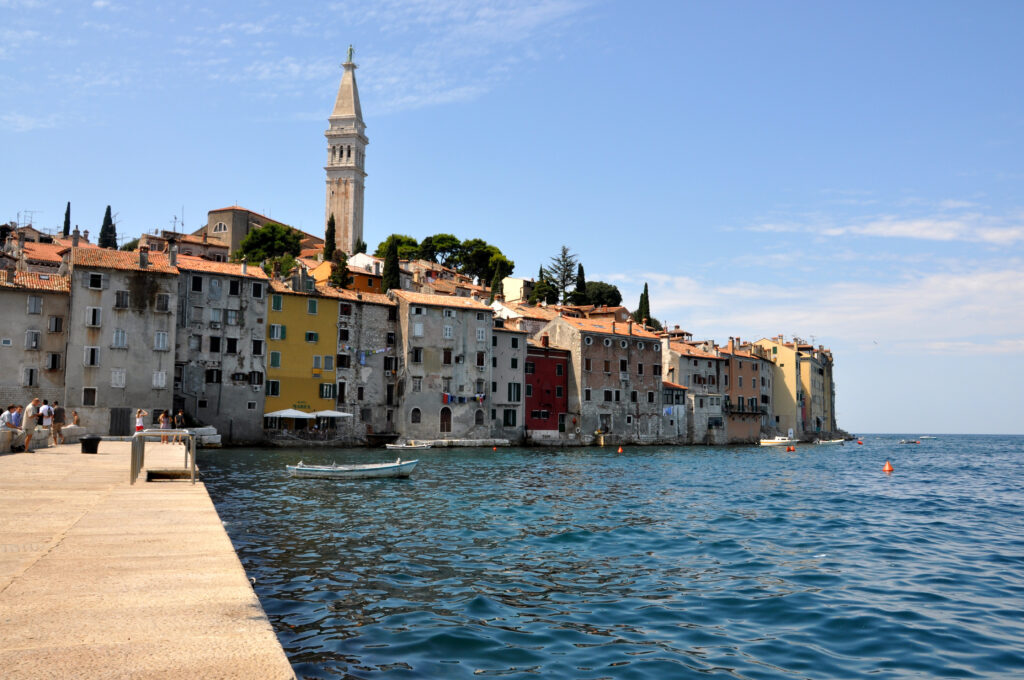
Rovinj's picturesque skyline, with its warm-colored buildings, is a particularly attractive sight, especially when arriving by sea. Its shimmering reflections in the water give it an incomparable charm, seeming to emerge from the Adriatic. This charming Croatian town is also renowned for its artistic ambience and its boutique-workshops, where designers and craftsmen rub shoulders all year round. In summer, the lively alleyways are often crowded, but the area around the cathedral offers a welcome haven of tranquillity. After exploring the historic center, the Batana eco-museum, the marina and the beach, a break on the seafront promenade is a must. In short, a trip to Rovinj, the real pearl of Istria and one of our top sun destinations in Europe for an extended weekend, is a must.
2. Pula
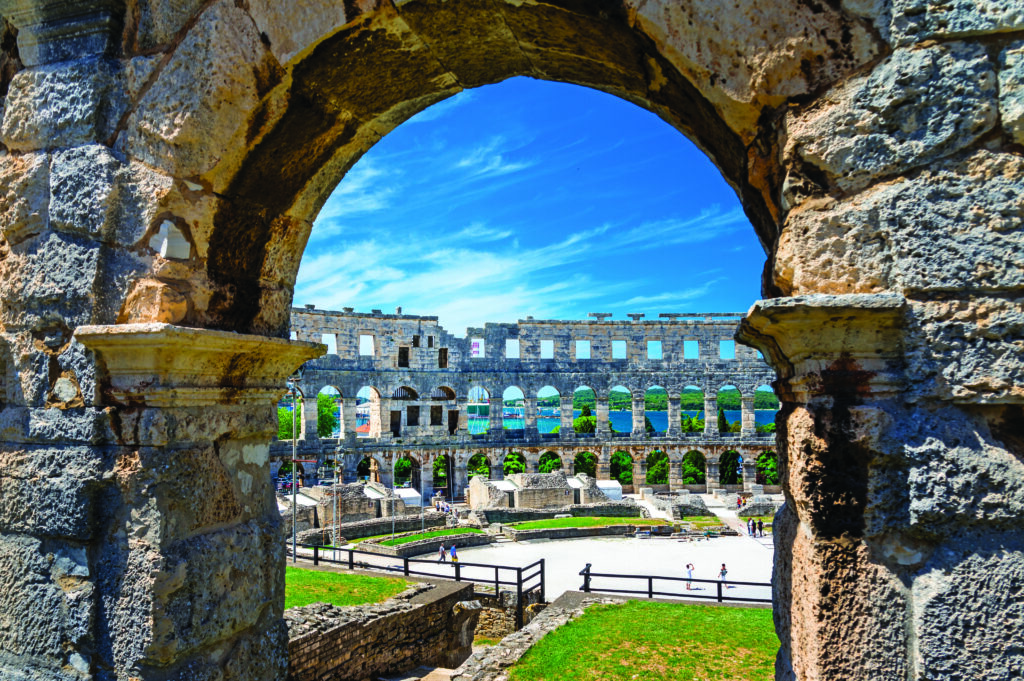
The Hellenistic remains of Pula, the capital of Istria and one of our 20 must-see destinations in Croatia, include the amphitheatre, the small theater, the temple of Augustus, the forum and the triumphal arch, and above all bear witness to its splendour during the Roman Empire. Later historical periods have also left their mark, with medieval fortresses and churches, the cathedral-campanile, classical buildings, museums and the pleasant seafront promenade. During the summer vacations, a wide range of attractions attract increasing numbers of visitors: lively beaches with beach bars (such as Stoja Beach, Verudela, Stoja, Valkane, Ciklonska plaza), Galebove Bay with its cliffs and caves, secluded coves, the marina, Brioni National Park, as well as concerts and festivals. Not to be missed!
3. Opatija
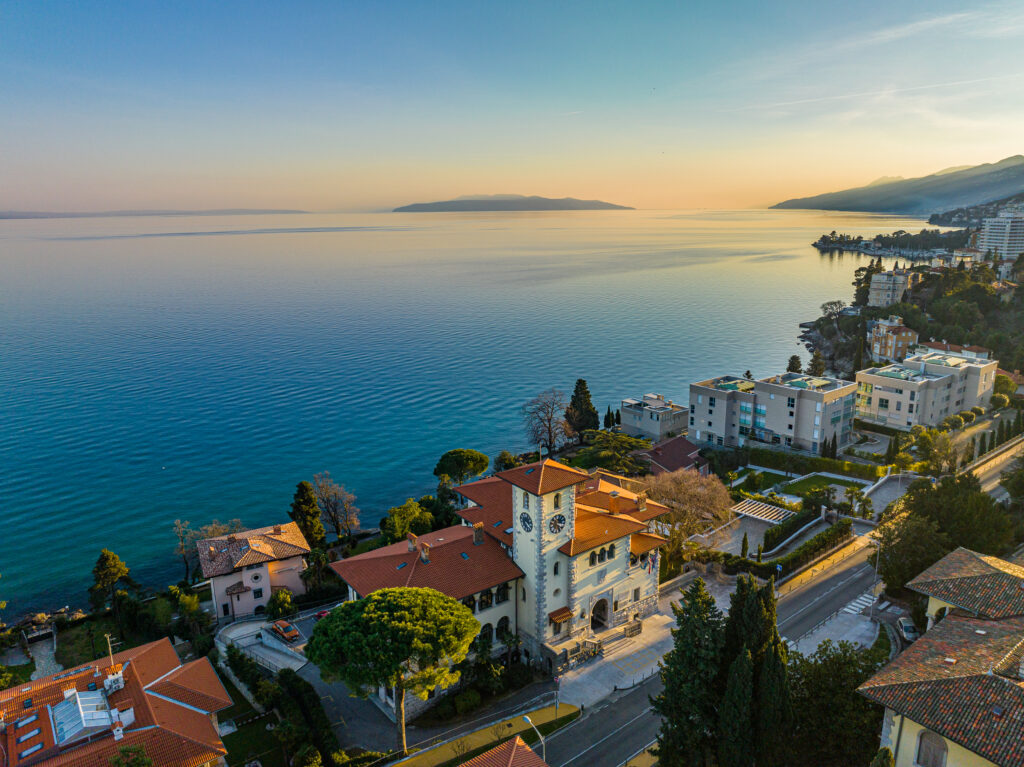
The town ofOpatija, a wellness destination in Croatia, is criss-crossed by a pedestrian-only seafront promenade known as Lungomare. Between Volosko and Opatija, this promenade retains the elegance of yesteryear, with its historic palace-hotels, lush gardens, yacht clubs, cafés-restaurants, beaches and landscaped pontoons. A pleasant stroll in prospect! Visitors will also be sure to stop and take a photo of The Girl with the Seagull, a famous statue perched on a rock near the Juraj Šporer art pavilion. But also beautiful shots of St. Jacob's Church and Park, or the facade of the Kvarner-Hotel and the grounds of Villa Angiolina. Today, there's a sharp contrast between the charming 19th-century atmosphere and the more popular and lively summer tourism. In the off-season, romance reappears in this unique atmosphere. Not to be missed!
4. Poreč

The town of Poreč boasts a remarkable historical heritage, thanks in particular to the 6th-century Byzantine basilica of St. Euphrasius, with its episcopal complex. In addition to its modern infrastructure such as the marina, marinas and seafront promenade, as well as its attractive urban beach, the town offers numerous cafés, restaurants and boutiques. A trip to the islet of Sveti Nikola is also a must. This historic town, now a lively seaside resort, also offers agro-tourism, cultural events, family fun and a lively nightlife. The regional tourist office is an excellent source of information for exploring the whole area.
5. The Brijuni archipelago
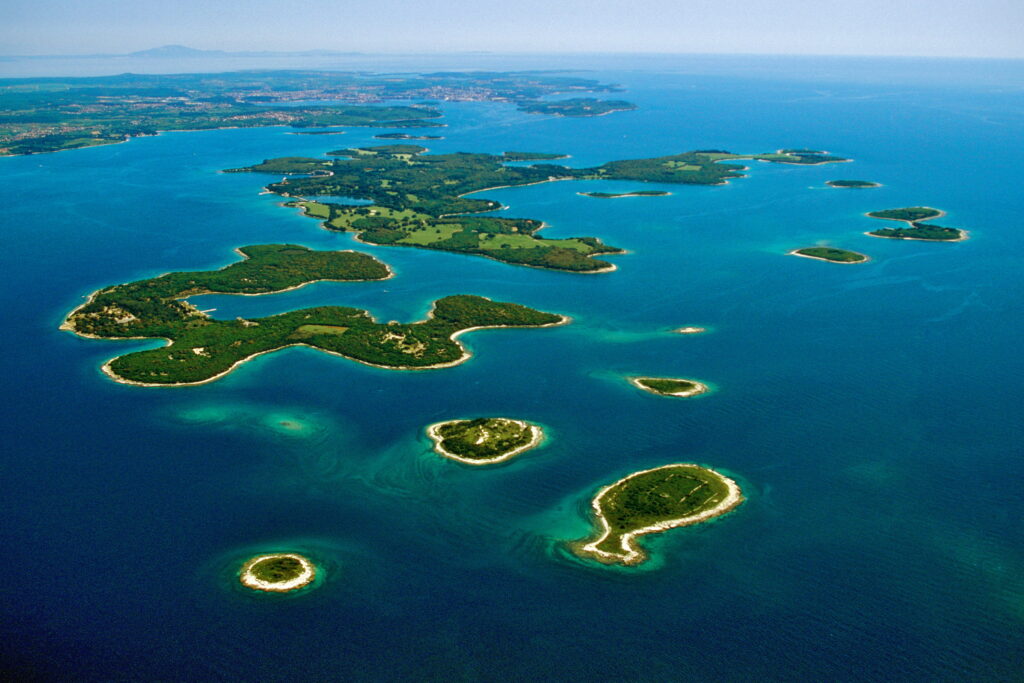
The Istria region is home to one of the country's most important national parks: the splendid Brijuni National Park. An area that preserves both Croatian marine heritage and historical vestiges. It is in fact an archipelago of land and sea ecosystems, home to a rich diversity of flora and fauna, including both native and non-native species. Two of the islands, Mali and Veliki Brijuni, are open to visitors and accessible by boat. They can be explored on foot or by bike, respecting the fundamental principle of leaving nothing behind, in a zero-waste approach even during vacations. And use sun protection without chemical filters. It's a good idea to plan a full day's excursion, so you can combine walking and swimming.
6. Kamenjak peninsula
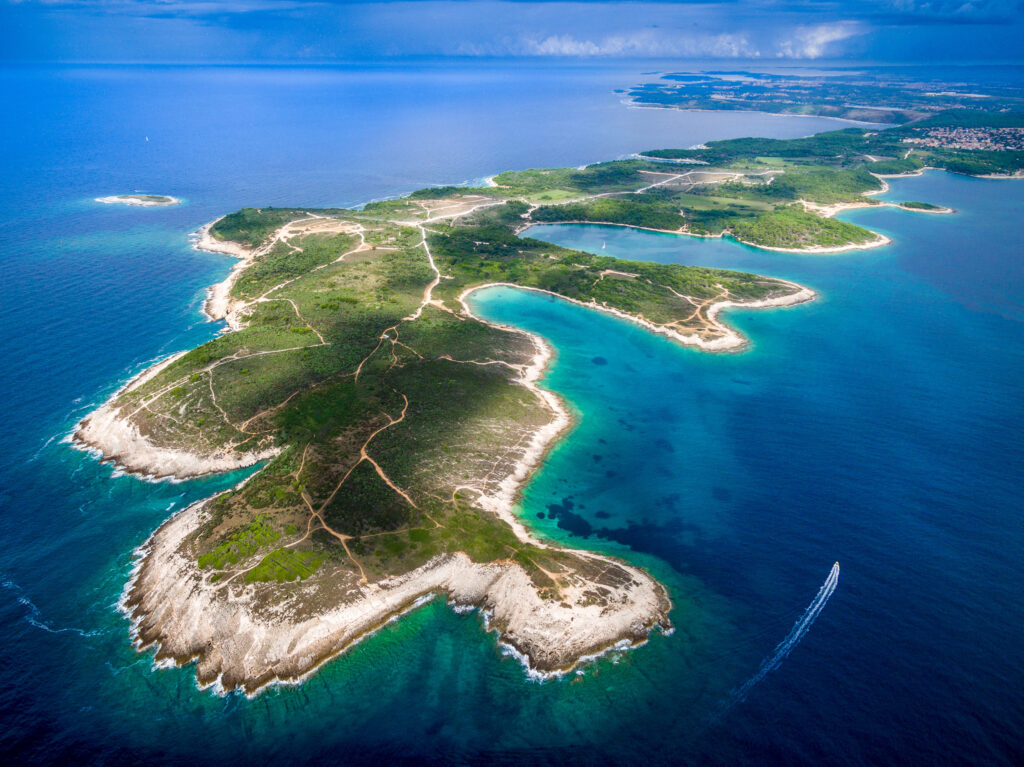
The tip of the Kamenjak peninsula is a 400-hectare nature park. The limestone terrain is dominated by scrubland, garrigue and pinewoods, but there are also holm oaks and several hundred other plant species, home to a varied fauna including butterflies, lizards, beetles and even the occasional Mediterranean monk seal or bottlenose dolphin. At the center of the peninsula is an ecological farm that grows olive trees and raises animals, including Istrian sheep and the istriana cow, a rare native species threatened with extinction. The dirt tracks of the Lower Kamenjak provide ideal terrain for mountain biking and, at Kolombarice, you can explore the seabed. The cliffs of Donji Kamenjak offer superb diving and access to sea caves. The cape and coves of Premantura are also famous for surfing, kayaking and sailing.
7. Green Istria
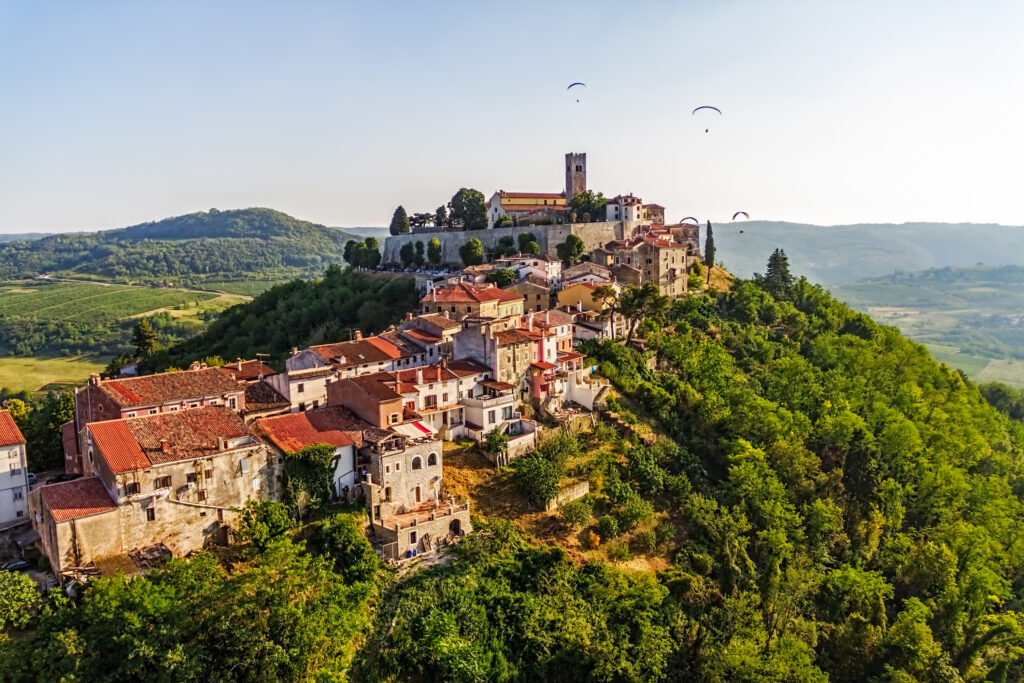
During your Croatian trip, don't forget to discover Green Istria! This term evokes the hinterland, with its verdant landscapes and lush forests, even in midsummer, as well as its agro-tourism and good little places to set down your suitcases or sit down to eat off the beaten track. The authenticity of the region is closely linked to hilltop villages such as Motovun, renowned for its white truffles and overlooking the Mirna river valley, as well as Roč and Hum, cradles of Glagolitic culture. Others include Pazin, Buzet, Labin and Grožnjan. Green Istria also offers the chance to visit prehistoric caves such as Baredine, Mramornica, Festinsko kraljevstvo, Romuald and Pazin.
8. Buzet
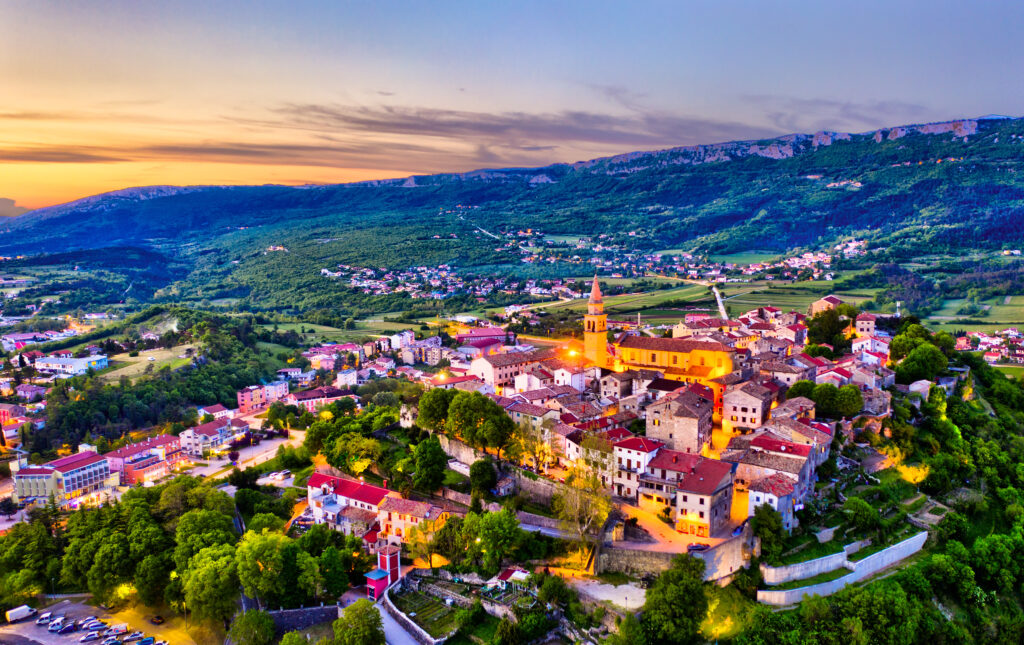
The second weekend in September marks the start of truffle season with the Subotina festival, while the ecomuseum offers year-round exploration of the diversity of this precious mushroom, its different life cycles and the hunting methods used by local truffle growers. The village of Buzet is also an excellent base for active outdoor holidaymakers, with its many cycling and hiking trails, safe routes for motorcycle enthusiasts, and opportunities for paragliding and hang-gliding. Botany enthusiasts will also enjoy hiking, while agrotourism offers an immersion in rural life, with the sea always nearby. We also recommend exploring nearby towns and picturesque villages such as Roc, Hum, Vrh or Sovinjak.
9. Umag
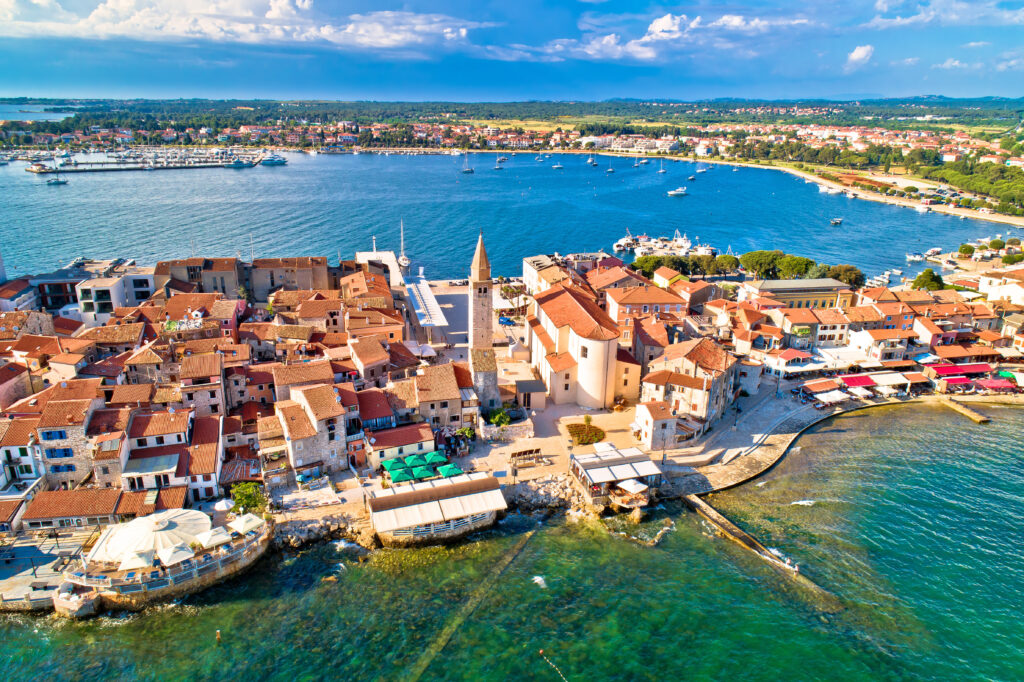
Located in northern Istria, close to the Slovenian and Italian borders, Umag is the region's main yachting harbor. And the small town is very accessible: Umag has a marina, a ferry terminal (with summer connections to Venice), a bus station (with connections to Rijeka, Pula, Poreč, Zagreb, Trieste and Venice) and a train station (with connections to Pula and Slovenia). Although the lion is Umag's heraldic symbol, visitors mainly remember the tennis racket, emblem of the ATP tournament held in July. Alternatively, after visiting the charming historic center with its Venetian architecture, there are plenty of pleasant beaches close by.
10. Ancient Istria
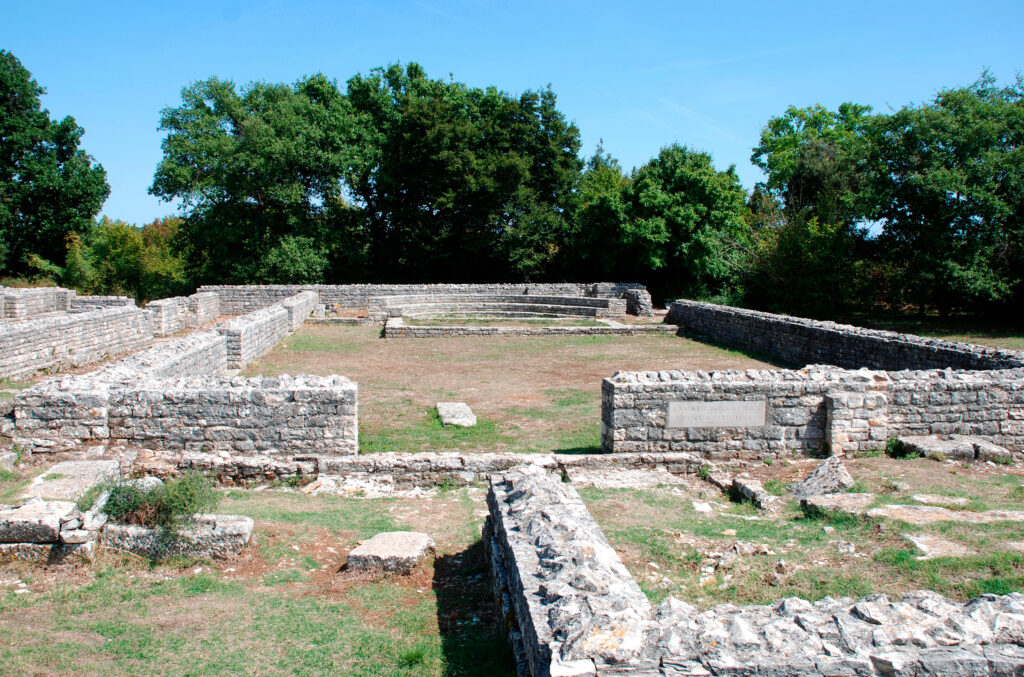
Under the Roman Empire, Histria was the first region to be Latinized, leaving behind a unique historical heritage that delights archaeologists, who take a keen interest in this geostrategic area on the eastern edge of the Adriatic. A few years ago, a computerized atlas created by the Franco-Croatian association Adriaticum Mare restored Croatia to a major position in the Empire, with Histria at its epicenter, whose ancient destiny began with the battle of Nesactium (178-177 BC), a fortified site near Pula. There are many ancient sites in the region. Of particular note is the Pula amphitheater - ranked the sixth largest in the Empire - the most emblematic historical monument in Istria, Croatia's enchanted peninsula. It was built between 27 B.C. and 68 A.D., in fine noble limestone. With its current capacity of 5,000, the Arena is both a major archaeological site and an exceptional concert venue, as in Nîmes.
11. The beaches

Lovers of idleness and long swims, when it comes to beaches in Istria, one of our "dupe destinations" where to travel, the choices are numerous! From west to east, via the islands or peninsulas that have dropped anchor just a few kilometers from the coast, the possibilities for idle exploration are numerous. You could even consider a more distant excursion to Slovenia or Italy. With a coastline stretching for over 450 kilometers, there are a few sandy beaches, many pebbly ones, as well as charming bays sheltered or bordered by craggy rocks, in addition to a few secret coves. To make the most of these seaside pleasures, it's advisable to have your own vehicle. If possible, even a two-wheeler is ideal for getting from beach to beach in total freedom! However, in Istria, it's also possible to go to a municipal beach, located right next to the historic center or the bus stop, or take a trip outside the region, to visit the Plitvice lakes , one of the most beautiful parts of Croatia, for example. Here are our 10 tips for visiting the Plitvice lakes!
12. Lim Fjord
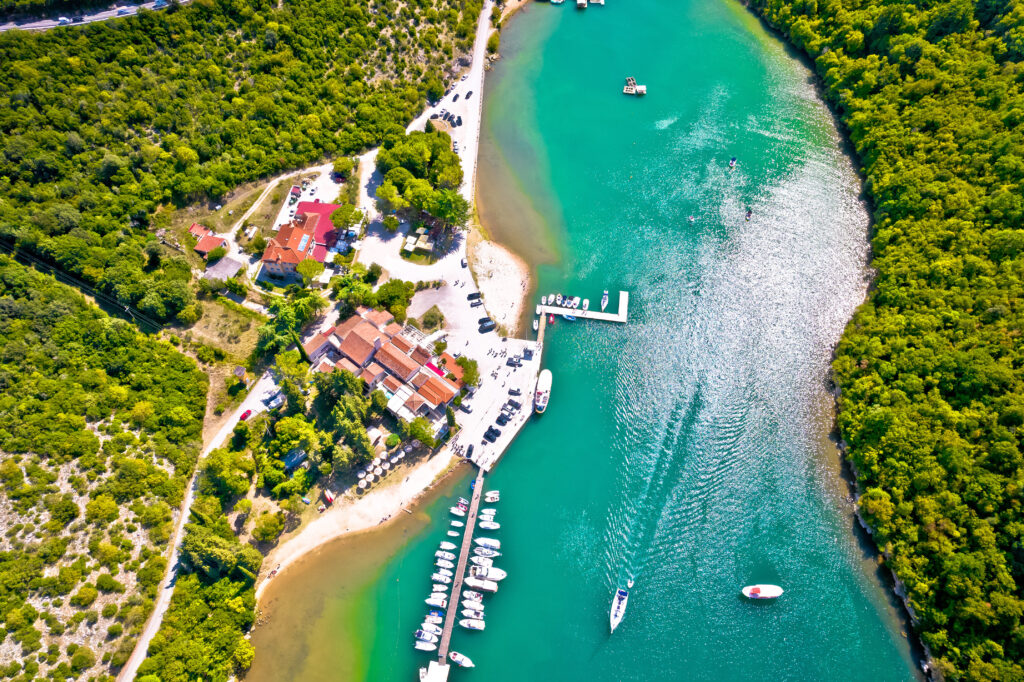
Here's a superb landscape not to be missed on a trip to Istria! Near Vrsar, when the ice melted some 12,000 years ago, the Croatian coast was sculpted by the waters, forming an arm of the sea bordered by high rock faces. As a result, the Lim Fjord naturally carved out a 13 km-long channel through the Croatian land. Today, the dense and varied vegetation along its shores forms a nature reserve not to be missed. The mouth of the fjord can be reached by road, while footpaths run along its banks for pleasant walks. Boat trips from Rovinj, Poreč or Pula also offer the chance to discover this nature reserve.
13. Water sports
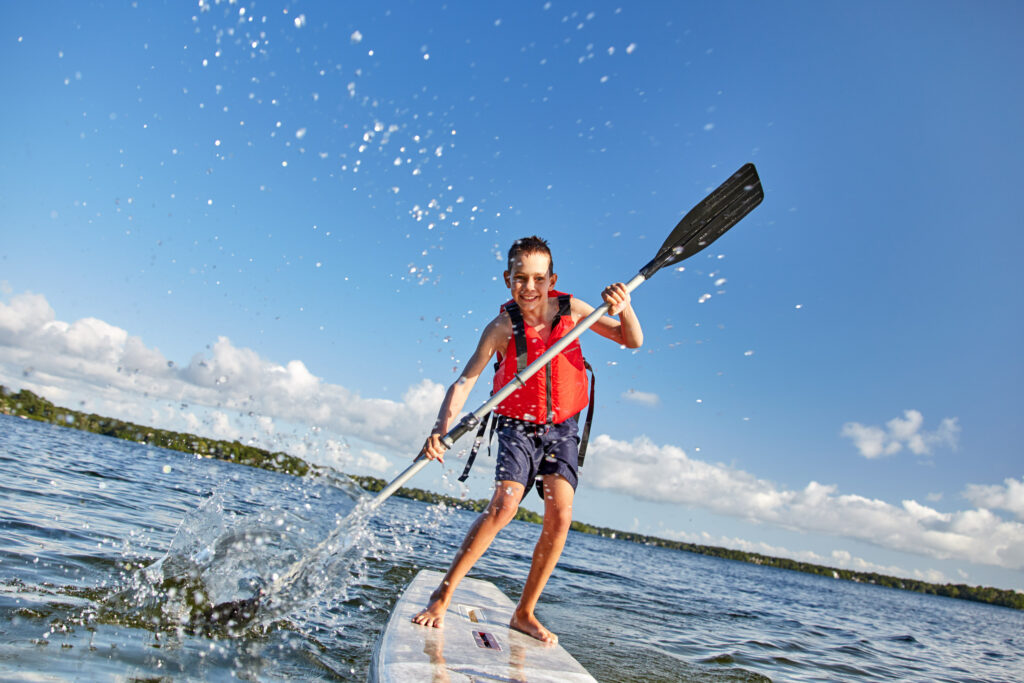
Why not take advantage of Istria's magnificent view of the sea to practice water sports? The coastline offers a multitude of options, including jet-skiing, kayaking, paddle-boarding, sailing, water-skiing, wakeboarding, parasailing and towed buoys. But it's scuba diving above all that attracts visitors. Thanks to its crystal-clear waters, abundant marine life and pleasant temperatures, the Adriatic Sea has become one of the most popular diving destinations in the Mediterranean. All along the coast, divers can explore wrecks dating back to the Second World War or the Venetian invasion, caves nestled in the foothills of the mountains, and sometimes even sandy bottoms. A number of historic wrecks still lie on the seabed, such as the Baron Gautsch Austro-Hungarian ferry near Rovinj. Enthusiasts can also explore the waters of the Brijuni or Pula national parks, where there are numerous caves, tunnels and underwater canyons. Get your masks!
14. Učka Nature Park
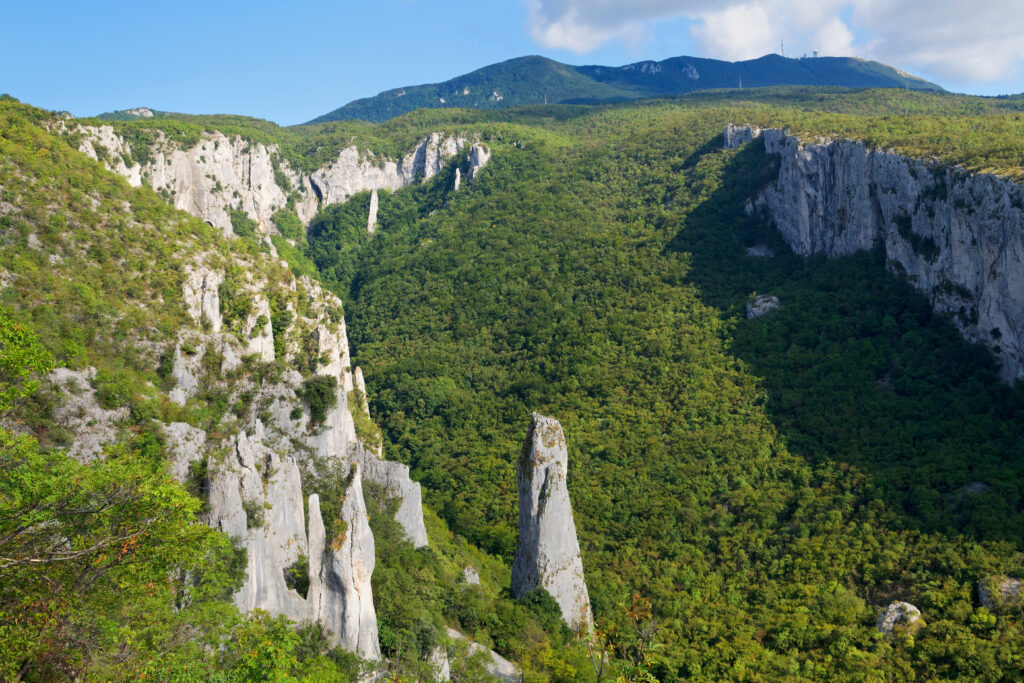
The combination of mountainous terrain and proximity to the sea creates a special microclimate and ideal conditions for the development of lush vegetation, from dense forests to verdant meadows. These corners of nature are home to protected endemic flora and fauna. Sports and nature enthusiasts flock to the park for hiking, mountain biking, caving, horseback riding... In September, the Učka Trail, a foot and obstacle race, traverses the park's trails, undergrowth and slopes of Mount Vojak, which rises to 1,400 meters and offers beautiful views of the islands of Cres, Losinj and Krk on clear days. The event attracts not only athletes, mountain runners and triathletes, but also hikers.
15. Lovran
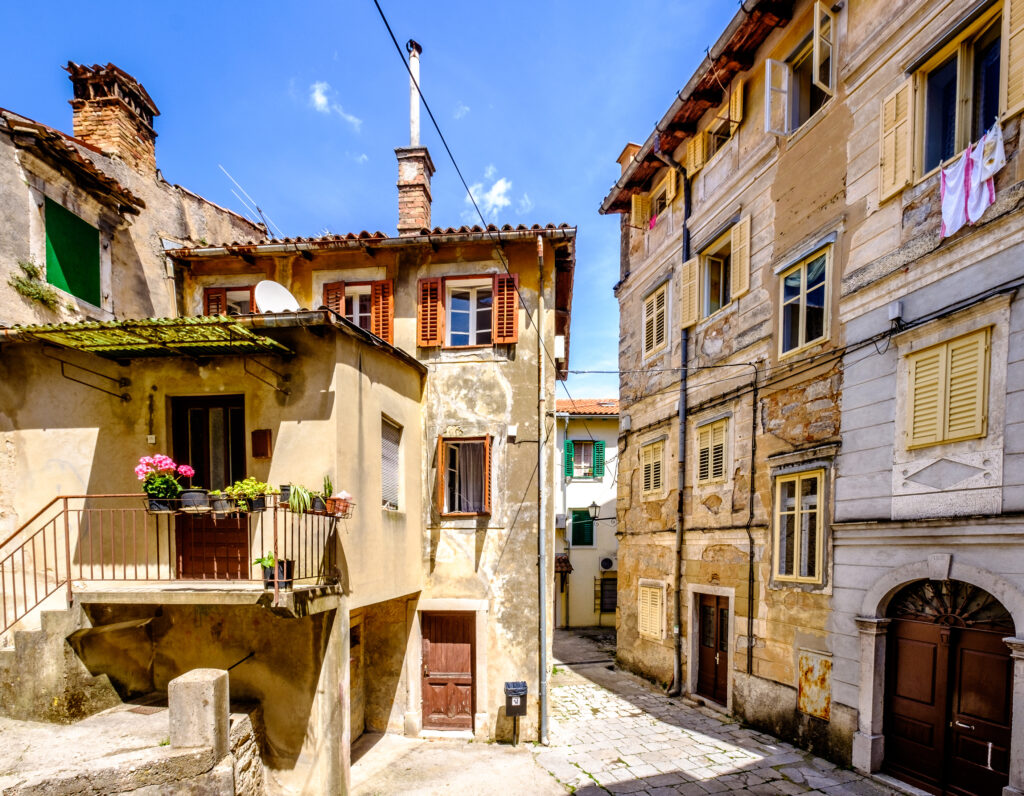
From the 19th century onwards, Lovran 's privileged geographical position on the coast, together with its pleasant climate, favored its lush Mediterranean vegetation and contributed to the early development of seaside tourism. The town is home to some of the finest aristocratic villas on the coast, including the Villa Frapart, renowned for its pink Italian marble, and part of its park, although it is unfortunately not open to visitors. On the other hand, the coastal path provides access to peaceful coves where the water is much cleaner than on Opatija's beaches. Facing the Adriatic, the town also rises up to 500 metres above sea level. From these heights, the panorama of the riviera, the Gulf of Kvarner and its islands offers a breathtaking view well worth a stroll. Superb!
16. Vrsar
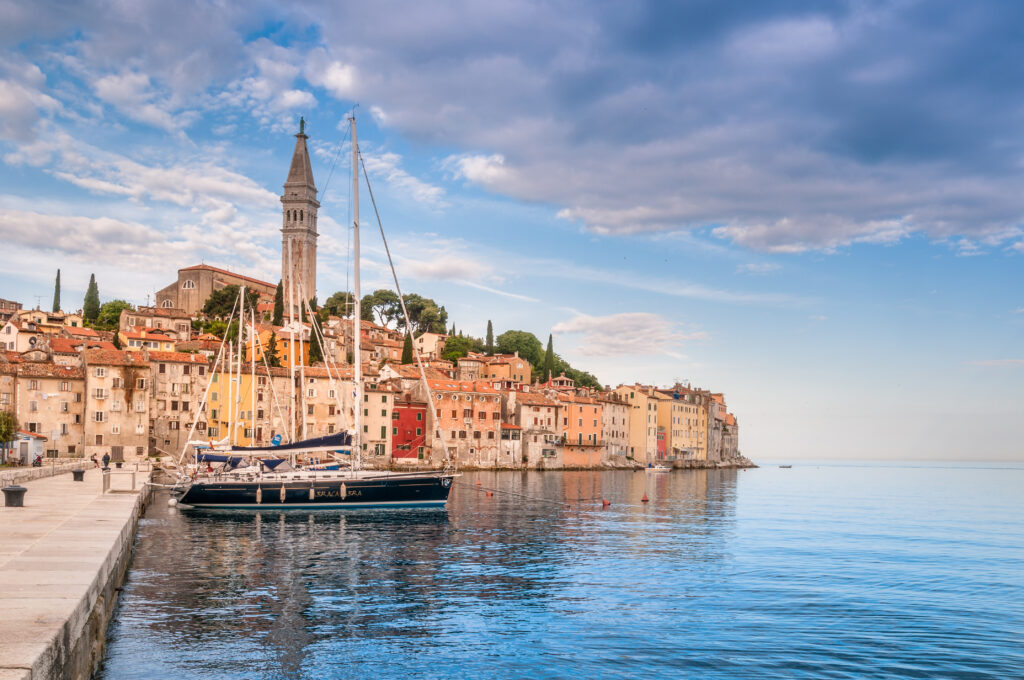
In addition to its natural beauty, Vrsar is regularly awarded the Blue Flag for the quality of its waters. Culturally, the town continues an age-old tradition of stonemasons, builders and sculptors. Between the 10th century and the end of the 18th century, Vrsar was under the jurisdiction of the diocese of Poreč. During the Middle Ages, the town was prized by bishops for its pleasant summers. In 1177, Pope Alexander III stopped off in Vrsar on his journey to Italy. In the 18th century, the famous adventurer Casanova stayed here twice, as recounted in his Memoirs. After the Treaty of Rapallo in 1920, the town became Italian, before returning to Yugoslavia in 1947 under the Treaty of Paris. In any case, it's a charming town and a good base just a few kilometers from the Lim Fjord.
17. Taste Croatian gastronomy
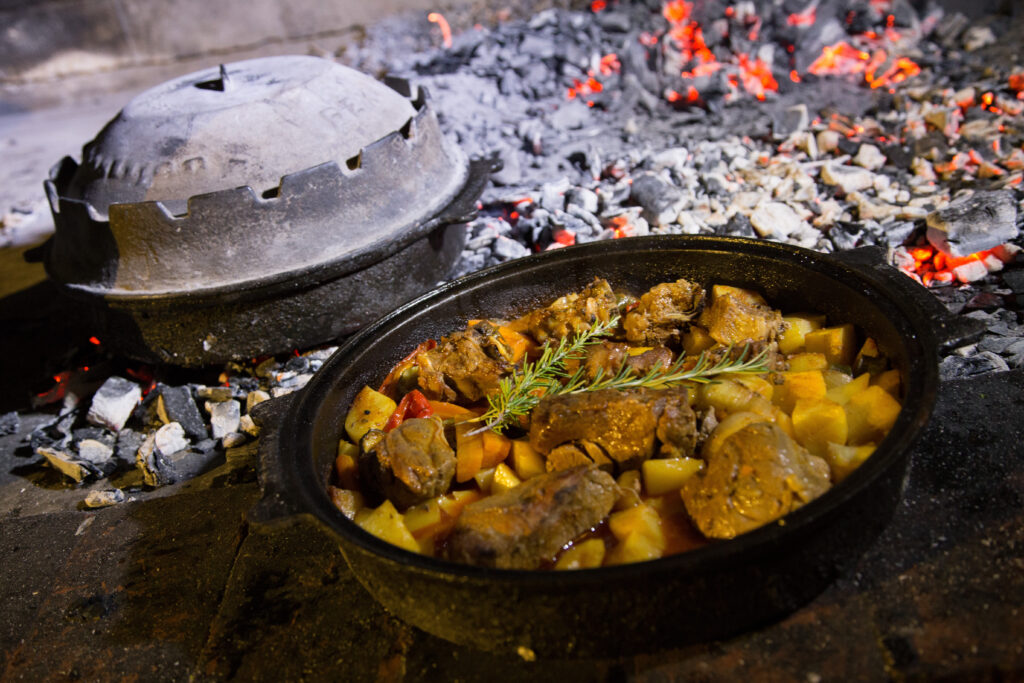
At the crossroads of two cultural heritages, between the Mediterranean and Central Europe, Croatian cuisine stands out for its diversity. In Istria, a veritable gourmet Croatia, Slavic, Hungarian and Austrian influences combine to create a rich cuisine, where root vegetables, legumes, cabbage and starches blend with cheeses, cured meats, charcuterie and smoked meats. On the Adriatic coast, the centuries-old imprint of Venetian domination is reflected in the cuisine. Fish, lamb, seasonal vegetables and dried peas are prepared in olive oil and flavored with aromatic herbs. When it comes to pastries, the emblematic licitar, a gingerbread heart, evokes winter and the end-of-year festivities. Other delicacies to enjoy or give as gifts include a variety of gourmet products such as wines, liqueurs, olive oil, condiments, charcuterie, cheeses, honey, cakes and herbal teas. Bon appétit!


